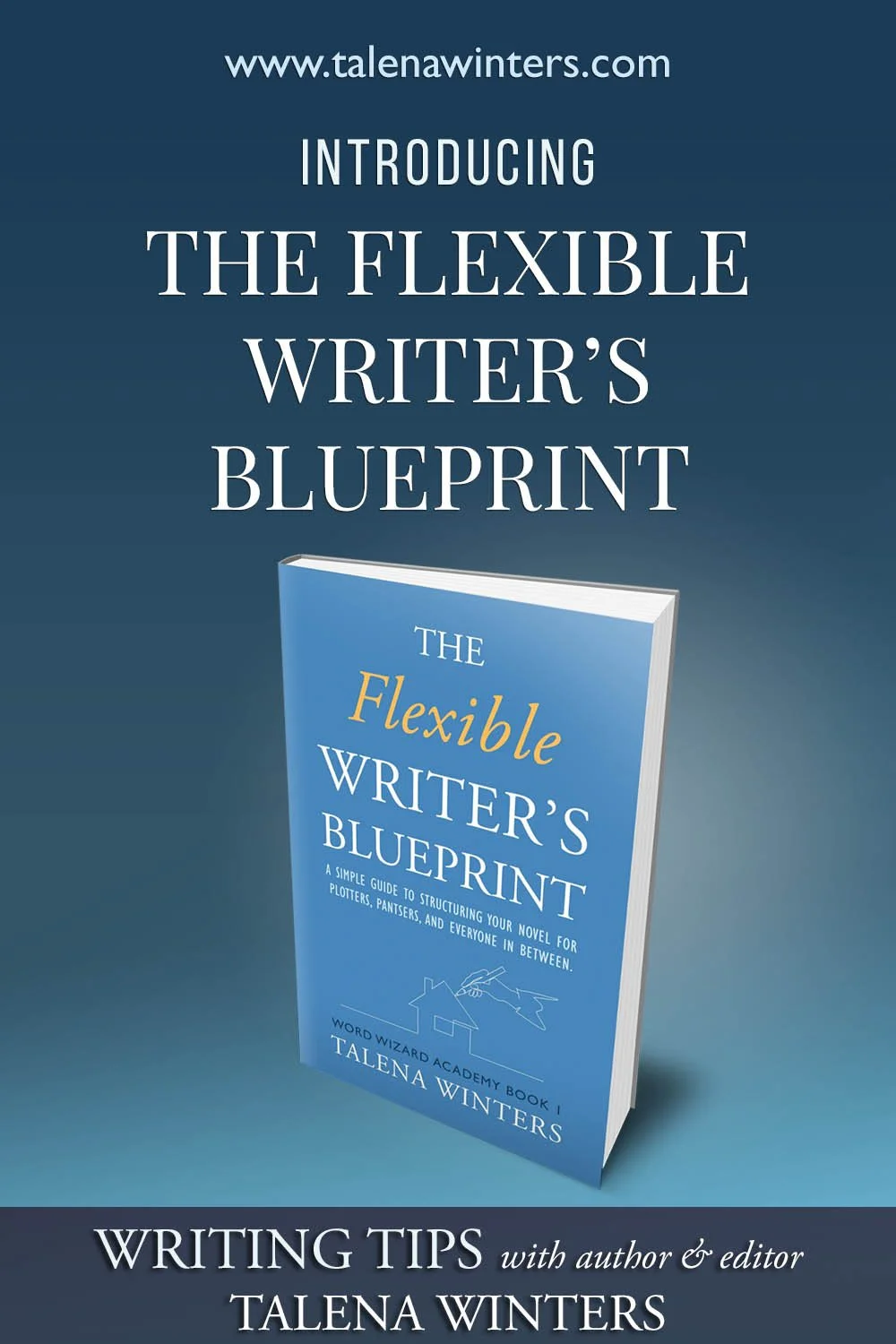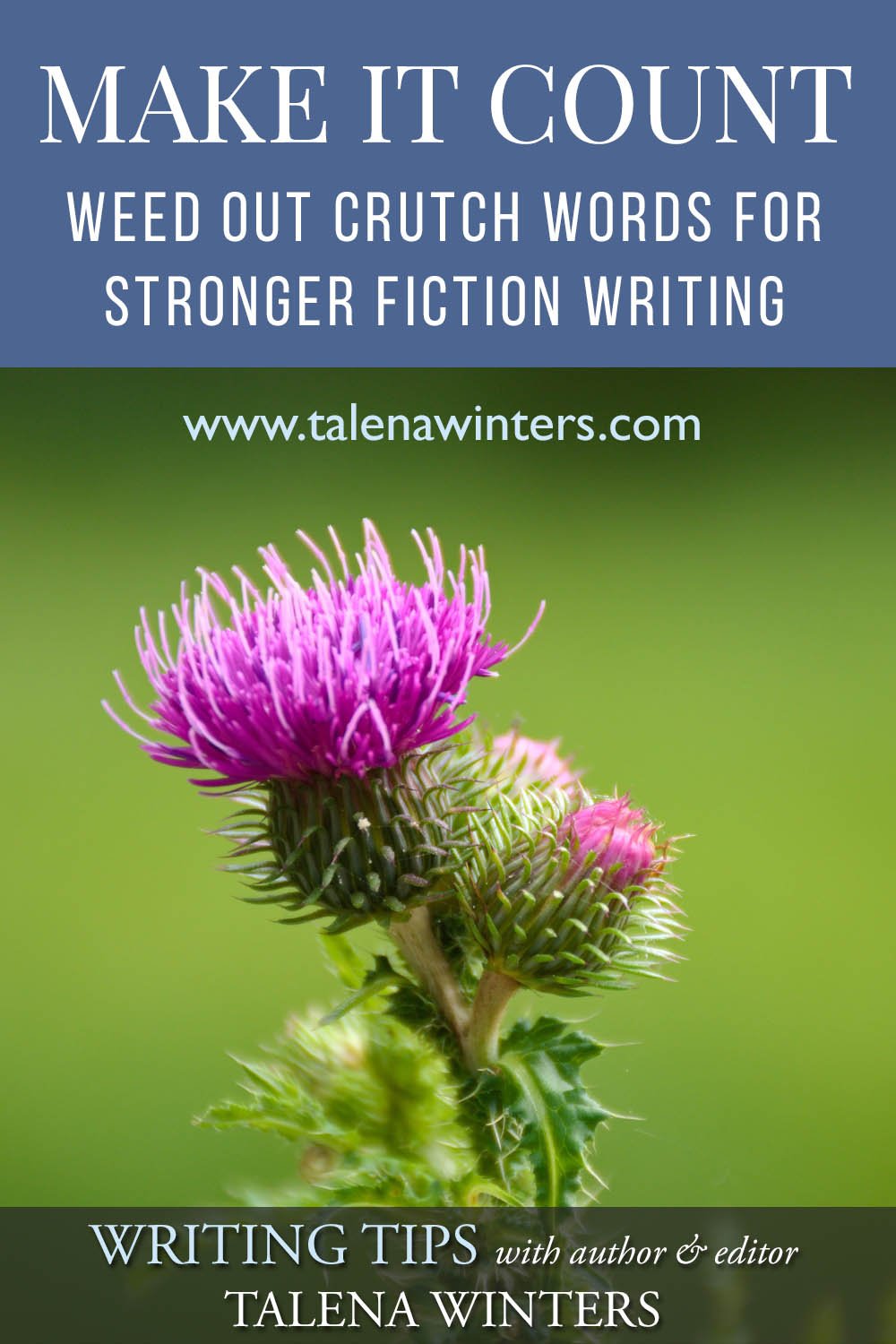The Plotting Dilemma: Making Story Structure Work for You
Hello, word wizard!
Today, we’re tackling one of the oldest debates in writerdom: plotting versus pantsing.
TL;DR: You can create your story however you want, but you still need to understand story structure to come out with something fabulous at the end. And this post will give you the tools to do it.
My college roommate, Candace, and I were both experienced cooks, so our college diet was atypically robust. But we had extremely different approaches when it came to cooking. Nowhere was this more obvious than in the ways we would make pancakes.
Candace was a culinary adventurer. Measuring cups were for the mundane! She would toss flour, milk, and the occasional stray chocolate chip into her batter with nary a qualm, then adjust based on her finely tuned inner compass and past experience. Her pancakes were always an experience into the unknown—sometimes fluffy and golden, sometimes a little dense, occasionally a bit too salty, and often crave-worthy, they would generally leave you stuffed and satisfied (character development, anyone?).
Me? I was a recipe-following fiend. My pancakes were consistent as far as the flavour is concerned. Most of the time, they were scrumptious circles of fluffy perfection—unless I got a bit distracted while cooking and they came out too doughy or crisp.
The thing is, both Candace and I knew how to make pancakes. And we generally got the results we wanted. So who was right?
The answer, of course, is both of us. The results are what mattered.
This, my friend, is a delicious metaphor for the age-old debate: plotting vs. discovery writing.
Some authors, like Candace, thrive on the thrill of the unknown, letting the story unfold organically. Others, like Past Me, crave the structure and predictability of a detailed outline. (To be fair, when it comes to creative writing, Candace and I are much more alike than we are in the kitchen, which also made us a great cowriting musical duo. But I digress.)
Knowing what goes into pancakes is vital to turning out a great product, regardless of your method. The same is true of a great story—the ingredients that turn out a desirable product are much the same, regardless of the order in which they got there. What matters is that by the time you’re finished, all the elements of a great story are present in the mix.
That’s why I love and teach five-point plot structure—it’s so very adaptable to however your brain is wired.
Five-point plot structure can be your secret ingredient, no matter your approach.
The beautiful thing about thinking about structure in this way is that you can apply it at any stage of your writing process—which makes it perfect for pantsers and plotters alike.
Die-hard plotter? Use this framework to guide you as you make your outline.
Rules-aren’t-the-boss-of-me discovery writer (aka pantser)? Start with your basic idea and fly along in your manuscript, and anytime you get stuck, come and look at the structure, think about where you are and what needs to happen next to get you past your block.
So, grab your whisk (or your laptop), and get ready to whip up something delicious. This article will show you how five-point plot structure—in my special recipe for the Flexible Writer’s Framework—can add depth, stability, and that sprinkle of unexpected magic to your story, regardless of your writing style.
Onward!
The Five Turning Points of Your Story
Before we dive into the fun stuff, let me explain what five-point plot structure is.
And I’m going to start by talking about food again. (Hmm… Maybe I should eat a snack?… Nah.)
Candace and I once went to an authentic Moroccan restaurant with a friend of hers. It was in a Canadian city that is as hillbilly as they come, but inside that tiny building, we were transported to the sands of Africa. Lush fabrics draped every surface to make it look like a lavish tent, and we consumed our meal while sitting around a low table on the floor. Also, you had one meal option—a multiple-course extravaganza that left you so full you could barely roll yourself out the door afterwards.
In between each course, the servers would come and introduce the next dish and prepare us for how to eat it. It was an experience I’ll never forget.
Imagine your story as this majestic six-course meal. In between each course is a turning point—the five turning points of five-point plot structure. These turning points are: challenge presented, challenge accepted, midpoint climax, black moment, and final choice.
(Note: Traditional discussions of five-point structure use slightly different terms than I do, but I like to name them with terms that are more descriptive to invoke what happens at that point.)
The six courses in between the turning points are the events that fill those spaces—the normal world, challenge ignored, rising action, false resolution, resolution, and the falling action/new normal.
I overlay these two structures over each other into a framework I call the Flexible Writer’s Framework. (In fact, I’m writing a book that explores this framework in all its glory, which you can get early access to on Ko-fi here.)
These stages and turning points fit together like this:
[Image description: The progression through the Six Stages and Five Turning Points from Normal World to New Normal, making the Flexible Writer’s Framework. Featured in my free download 5 Essential Turning Points to Create or Fix Any Plot.]
Let’s look at how we can apply this framework to the three stages of writing. (Remember, you can do this at any point in your process. Mix and tweak to fit how your brain works best.)
Pre-Writing: Brainstorming with the Big Five
While brainstorming, you can use the Flexible Writer’s Framework to give you a basic idea of the turning points of your plot.
First, figure out your character’s Normal World. This refers to the life they’ve been living up until the beginning of your story and includes the big Lie They Believe that’s holding them back from being their best selves, achieving their goals and dreams, or keeping them from their desired outcome in some way.
For Luke Skywalker in the first Star Wars movie (Star Wars IV: A New Hope), he dreamed of adventure and held a belief he was meant for bigger things, but he felt stuck on his uncle and aunt’s water farm and worked out his frustration by fixing busted droids. That was his Normal World, until one day, a droid showed up with a message that changed everything.
The Lie They Believe is also known as your character’s internal conflict. It’s their true problem, which their external circumstances—the external challenge or conflict they’re about to encounter—is going to force them to confront at every step of the way. In this article, I’m going to lump both the internal and external conflicts under the label of “their problem.” However, these two conflicts work synergistically at every stage of your story to propel your character forward through the plot.
When you’re brainstorming, ask yourself:
STAGE 1 - NORMAL WORLD: What is my protagonist’s normal life like, and what problem does it reveal?
Turning Point 1 - Inciting Incident: What event shatters my protagonist’s world that calls them to engage with and resolve their problem?
STAGE 2 - CHALLENGE IGNORED: How does the protagonist initially respond to this disruption?
Turning Point 2 - Challenge Accepted: What new challenge or obstacle arises that forces the character to engage the problem?
STAGE 3 - RISING ACTION: How does my protagonist engage their problem in a haphazard, winging-it sort of way that creates even more problems?
Turning Point 3 - Midpoint Climax: What major confrontation with the problem creates a moment of revelation or a shift in the protagonist’s perspective?
STAGE 4 - FALSE RESOLUTION: How does my protagonist prepare for and tackle the problem, but fail to truly resolve it?
Turning Point 4 - Black Moment: All seems lost, and the stakes get higher. What external force pushes the protagonist to a point of no return where they must face the truth of their problem?
STAGE 5 - RESOLUTION: Now that my protagonist has learned what they need to do to resolve the problem, how do they prepare to confront it head-on?
Turning Point 5 - Final Choice: The ultimate showdown. When your protagonist is faced with their problem one final time, what will they do about it?
STAGE 6 - FALLING ACTION & NEW NORMAL: Now that the character has made their choice and either conquered or been conquered by their problem, how does that affect them, and what does their New Normal look like?
Questions to Consider:
What is the central conflict your protagonist faces?
How will the inciting incident force them out of their comfort zone?
What Lie do they believe, and what Truth must they face to resolve the external conflict?
In the next section, we’ll explore how the five points can be implemented during the crucial drafting stage.
Drafting: Building Your Story with a Five-Point Foundation
Now that you’ve brainstormed with the five points, let’s see how they become the cornerstones of your drafting process. Here’s where structure transforms from a roadmap into the sturdy foundation that supports your narrative.
Scene Development:
Each turning point acts as a hinge, dictating a shift in the direction and stakes of your scenes.
Before the Turning Point: Scenes establish the status quo, introduce secondary characters, and build toward the upcoming challenge.
At the Turning Point: The event throws the protagonist’s world into disarray, forcing them to react and adapt.
After the Turning Point: The subsequent scenes grapple with the fallout, introduce new obstacles, and raise the tension as the protagonist pursues their revised goals.
Pro Tip: Struggling to craft a scene that effectively transitions between turning points? Check out my post “How to Write Satisfying Scenes” for a deeper dive into applying five-point plot structure to scene development.
Pacing and Tension:
The strategic placement of the five points is the secret sauce for keeping your reader engaged.
First Half: The inciting incident and challenge accepted establish the conflict and introduce rising tension.
Midpoint Climax: A temporary reprieve or false victory can create a lull before the stakes escalate further.
Black Moment & Final Choice: The tension reaches a fever pitch as the protagonist confronts the core conflict.
Remember: Pacing isn’t just about speed. It’s about strategically varying the intensity of the tension to keep the reader guessing.
Questions to Consider:
How does each scene contribute to the protagonist’s journey toward the next turning point?
Are there scenes that can be condensed or expanded to create a better flow?
Where can you strategically insert moments of suspense or foreshadowing to build anticipation?
By consciously utilizing the five points at the drafting stage, you ensure your story unfolds with a satisfying rhythm, propelling the reader towards the inevitable climax.
Up next, we’ll explore how the Flexible Writer’s Framework can help you revise your masterpiece.
Revision: Polishing Your Story to a Shine
Writing doesn’t end with the final word of your first draft (thank goodness!). Revision is where you polish your gem, ensuring every scene and plot point contributes to a cohesive and impactful narrative. Here’s where the Flexible Writer’s Framework can transform your rough-cut stone into a gleaming diamond.
Plot Hole Identification:
Missing Transitions: Are there gaps between turning points where the story feels like it jumps?
Unresolved Consequences: Do the repercussions of each turning point feel logical and impactful?
Unearned Climax: Does the climax feel like a natural culmination of the built-up tension, or does it come out of left field?
Strengthening the Core:
Character Arcs: Does the protagonist’s journey align with the challenges and revelations presented at each turning point? Does each external challenge they encounter force them closer to confronting the Lie They Believe?
Theme and Message: Do the five points effectively support the central theme you want to convey?
Remember: Revision is an iterative process. Don’t be afraid to revisit earlier sections and adjust scenes or character motivations based on what you discover at a later stage.
Questions to Consider:
Does each scene move the plot forward or reveal something new about the characters or world?
Are there inconsistencies in the protagonist’s decision-making or emotional responses throughout the story?
How can you use the five points and the Lie Your Character Believes to further refine the emotional impact of your narrative?
By using the tools in the Flexible Writer’s Framework during revision, you can identify areas for improvement and ensure your story resonates with readers on a deeper level.
Your Story, Your Rules
I hope you can now see how, at every stage in your process, you can use the Flexible Writer’s Framework to improve your story. Whether you’re a meticulous planner or a free-flowing discovery writer, embracing these key turning points can elevate your story from good to great. It’s up to you how you make that happen.
Want to dive deeper? Be sure to check out my free download, 5 Essential Turning Points to Create or Fix Any Plot: An Introduction to the Flexible Writer’s Framework or get early access to my upcoming book The Flexible Writer’s Blueprint: The Simple Guide to Structuring Your Novel for Plotters, Pantsers, and Everyone in Between when you subscribe on Ko-fi.
Remember: Don't be afraid to experiment and adapt the structure to fit your unique voice and vision. After all, the most captivating stories are often the ones that defy expectations while staying true to their core.
Now, grab your metaphorical whisk and make pancakes unleash story magic!
Side Note: I recently put up a post on my personal blog, Winters’ Day In, called “Finding My Voice in the AI Wars”. It’s received a lot of positive feedback in the writing community. Since it’s primarily aimed at writers, I thought I would mention it here in case it interests you, especially if you’re wondering what to make of generative AI as a writer and creative. If you check it out, I would love to hear your thoughts!
Talena Winters is a freelance developmental editor, independent author, copywriter, and tea and silver lining addict. She specializes in helping struggling self-published fiction and memoir authors unlock their inner writing wizards and unleash story magic. See her editing services here.










In this first post in the “Strong Beginnings” series, we’ll explore the promises made in a compelling first act that engross your reader so completely they don’t stop reading until they get all the way to the satisfying conclusion of your story.